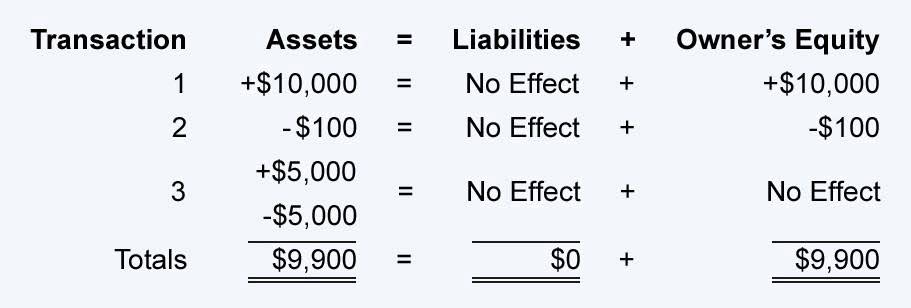
If you know you’ll need a professional to help you with these tasks, outsource these jobs to third party companies. After all, these individuals are well-versed in these areas and trained to complete the ecommerce accounting and bookkeeping tasks for you. The income statement, also called a profit and loss statement, indicates how your business is doing financially over a certain period, such as a few months or a year. This document tracks sales and expenses and shows you the difference between the two items, your net income.
- Maintaining an organized, cost-effective inventory is perhaps the most important aspect of any retail e-commerce business model.
- Standard bookkeeping simply means keeping track of the incoming and outgoing flow of money for your business.
- Even relying on spreadsheets can create massive complexities that simply do not need to exist.
- In short, once a business is up and running, spending extra time and money on maintaining proper records is critical.
- Link My Books allows you to put your bookkeeping on autopilot by sending real-time data from your eCommerce store over to your Xero or QuickBooks account, with no intervention from you.
As an ecommerce entrepreneur, you’re going to come face-to-face with payroll duties and payroll taxes. Each software was rated on price compared to other software well suited to ecommerce companies. In addition to the cost of a monthly subscription, we factored in the number of available users and any additional charges that are likely incurred by ecommerce companies. Whether https://www.bookstime.com/articles/purchase-discounts you do bookkeeping yourself or decide to hire a certified bookkeeper, understanding how money flows through your business is vital. The payment provider you use should keep a log of the fees incurred for each payment. If you use multiple payment providers for shoppers in different locations, it’s important to reconcile all the fees together to create a total amount.
Examples of eCommerce Bookkeeping
They don’t have as much security for their financial statements and other documents as big companies do. When you have bulk orders, these fees may go unnoticed and unlisted. Failing to list them as expenses can reflect discrepancies on your balance sheets at the end of the accounting period. And if you sell on multiple platforms, it adds another layer of complexity to the system.
- If this is the case, use a receipt scanner that connects with your accounting solution.
- Small e-commerce businesses are more prone to fraud compared to larger companies.
- On both plans, we provide you with a monthly Profit and Loss Statement, Balance Sheet, and Cash Flow Statement.
- When establishing a bookkeeping platform for your ecommerce business, there are a few things to keep in mind.
- One important thing to note here is that many people who intend to start a new business sometimes overlook the importance of matters such as keeping records of every penny spent.
You don’t have to spend much (if at all) at the beginning to automate your record-keeping process. Bookkeeping primarily involves documenting all financial transactions around your business. Keeping track of these may seem easy initially, but once they pile up, they pose challenges. If you are experiencing losses, a cash flow statement will pinpoint where the overspending occurred.
#6: Doing Manual Data Entry
Depending upon the size and complexity of your e-commerce business, you might choose to do periodic inventory annually, quarterly, or monthly. If you produce all the clothing you sell in-house, you might add the cost of raw materials and equipment acquisition/maintenance. If you have bulk inventory that has to stay frozen, you’d include the cost of running and maintaining your freezer in the cash flow sheet. The first way of accounting for differences between shipping income and spending is to keep everything in one COGS Shipping Expense account. That means the flat rate shipping income and payments to shipping vendors (like UPS) go to the same place.

Other providers like QuickBooks Online and Zoho Books offer phone support. Which is crucial, especially for addressing integration and data syncing-related concerns. Its mobile app is also not as functional as QuickBooks and Xero, as it doesn’t allow ecommerce bookkeeping you to accept payments from customers. We evaluated all the platforms in this guide on the same set of criteria regardless of whether it is a partner company. Track your inventory on a monthly or quarterly basis to make sure it’s kept up to date.
